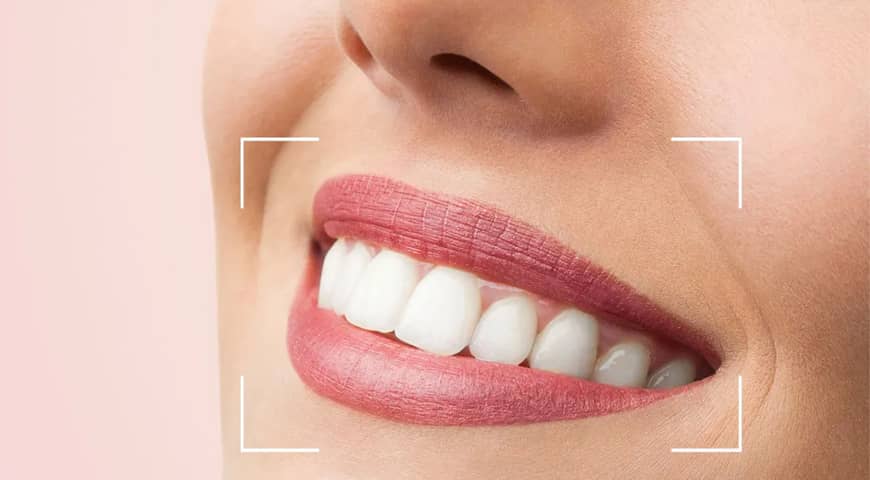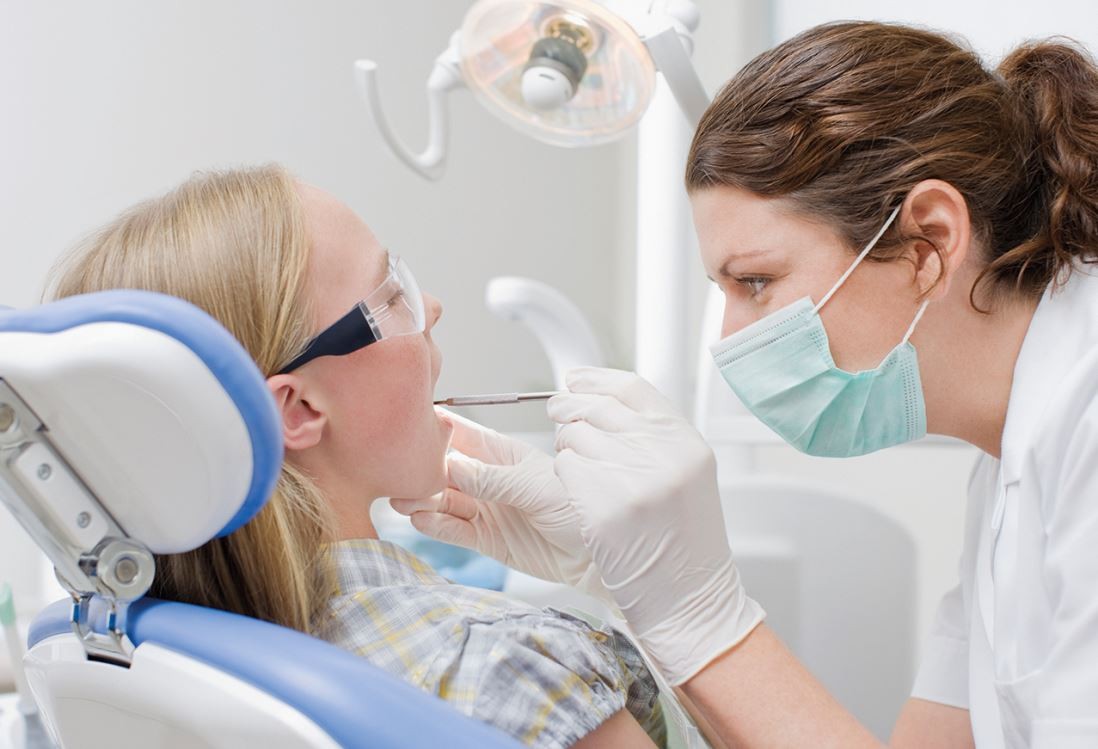Are you self-conscious about your smile? Do chipped, crooked or discolored teeth make you hesitant to show off your pearly whites? Well, fear not! With the advent of Digital Smile Design, anyone can now achieve their dream smile. This innovative technology allows dentists to create a customized treatment plan for patients with precision and accuracy. In this blog post, we’ll take a closer look at how digital smile design is revolutionizing the field of cosmetic dentistry and transforming smiles worldwide. So sit back, relax and get ready to discover how a simple smile makeover can change your life!
What is Digital Smile Design?
Digital Smile Design, or DSD, is a technique used by dentists and orthodontists to create a custom treatment plan for each patient. The goal of DSD is to achieve the perfect balance of function and aesthetics in the smile.
DSD begins with a digital scan of the teeth and jaws. This data is then used to create a 3D model of the mouth. The next step is to use computer software to design the ideal smile. Once the dentist is satisfied with the design, they will create a physical mold of the new smile. This mold can be used to create custom dental veneers or other cosmetic treatments.
The benefits of DSD include:
- Achieving the perfect balance of function and aesthetics
- Creating a custom treatment plan for each patient
- Designing smiles for patients that would be impossible to achieve without computer assistance.
The Benefits of Digital Smile Design
Digital Smile Design, or DSD, is a new technology that is revolutionizing the way cosmetic dentistry is performed. With DSD, your dentist can create a 3D model of your teeth and jaw, which allows them to plan and execute your smile makeover in a way that was not possible before.
DSD allows your dentist to see your mouth from every angle and plan your treatment accordingly. This means that they can take into account your facial features, lip size, tooth colour, and gum tissue when designing your smile. This level of customization was not possible before DSD, and it ensures that you will love your new smile.
Another benefit of DSD is that it allows your treatment to be completed in fewer visits to the dentist. With traditional methods, you would often have to go back for multiple appointments to have different procedures done. With DSD, everything can be planned and executed in just a few visits. This saves you time and money in the long run.
Finally, DSD provides you with a level of control over your treatment that was not possible before. You can see what your new smile will look like before any treatment is actually performed. This means that you can be sure that you are happy with the results before any irreversible changes are made.
How Digital Smile Design Works
Digital Smile Design (DSD) is a method used to create custom smile makeovers. The process begins with a consultation, during which the patient’s smile is photographed and analyzed. Next, the dentist creates a digital model of the patient’s teeth and gums, which is used to design the desired smile. Finally, the plan is implemented, and the patient’s new smile is revealed!
DSD is an effective way to achieve beautiful, natural-looking results. The digital smile design provides an opportunity to anyone who wants to have a beautiful smile. The ability to see the proposed results beforehand helps ensure that patients are satisfied with their new smiles. If you’re considering a smile makeover, be sure to ask your dentist if Digital Smile Design could be right for you.
The Different Types of Smile Makeovers
A smile makeover is a term used to describe the process of improving the appearance of your smile. There are many different types of smile makeovers and the type that is right for you will depend on your specific needs and goals. Here are some of the most common types of smile makeovers:
1. Teeth Whitening: Teeth whitening is one of the most popular types of smile makeovers and can be done in a variety of ways. You can choose to have your teeth professionally whitened at your dentist’s office, or you can use at-home teeth whitening kits.
2. Dental Veneers: Dental veneers are thin, custom-made shells that are bonded to the front surfaces of your teeth. They are used to improve the appearance of your teeth and can be made from porcelain or composite material.
3. Dental Bonding: Dental bonding is a procedure where tooth-colored resin is applied to your teeth and then hardened with a special light. Bonding can be used to improve the appearance of your teeth by filling in gaps, correcting misshapen teeth, or changing the color of your teeth.
4. Orthodontics: Orthodontics is a type of dental treatment that straightens your teeth and improves your bite. There are many different types of orthodontic treatments available, including traditional metal braces, clear braces, and invisible aligners (Invisalign).
5. Dental Implants: Dental implants are artificial teeth that are surgically placed in your jawbone and used to replace missing or damaged teeth. They can be made from a variety of materials, including porcelain and metal.
6. Composite Fillings: Composite fillings are tooth-colored material that is used to fill in cavities and repair chipped or broken teeth.
7. Gum Reshaping: Gum reshaping is a procedure where your dentist removes excess gum tissue that is covering up too much of your teeth, making them look small or misshapen.
8. Cosmetic Contouring: Cosmetic contouring is a procedure where your dentist reshapes or contours your teeth by removing small amounts of enamel to improve the symmetry of your smile.
How to Choose the Right Smile Makeover for You
When considering a smile makeover, it’s important to consult with a skilled cosmetic dentist who can help you choose the right treatment plan for your individual needs. There are many factors that will be considered when designing your new smile, including the color of your teeth, the shape of your teeth and gums, and your bite.
Digital Smile Design (DSD) is a relatively new technology that is revolutionizing the way dentists approach cosmetic dentistry. With DSD, your dentist can create a 3D model of your ideal smile and then use this model to plan and execute your treatment. This approach allows for much greater precision and accuracy than traditional methods, resulting in a more natural-looking and long-lasting result.
If you’re considering a smile makeover, be sure to ask your dentist about DSD. Having a beautiful smile is surely an instagramable. It may be just what you need to achieve the beautiful, healthy smile you’ve always wanted!
Conclusion
With the help of Digital Smile Design, smile makeovers have never been easier. Whether you are looking for subtle cosmetic changes or a complete transformation, DSD technology can provide you with the results you’re looking for. The process is minimally invasive and produces natural-looking smiles that will last a lifetime. We hope this article has given you an idea of what to expect from your own smile makeover journey and how easy it can be when done with the right team of professionals!





